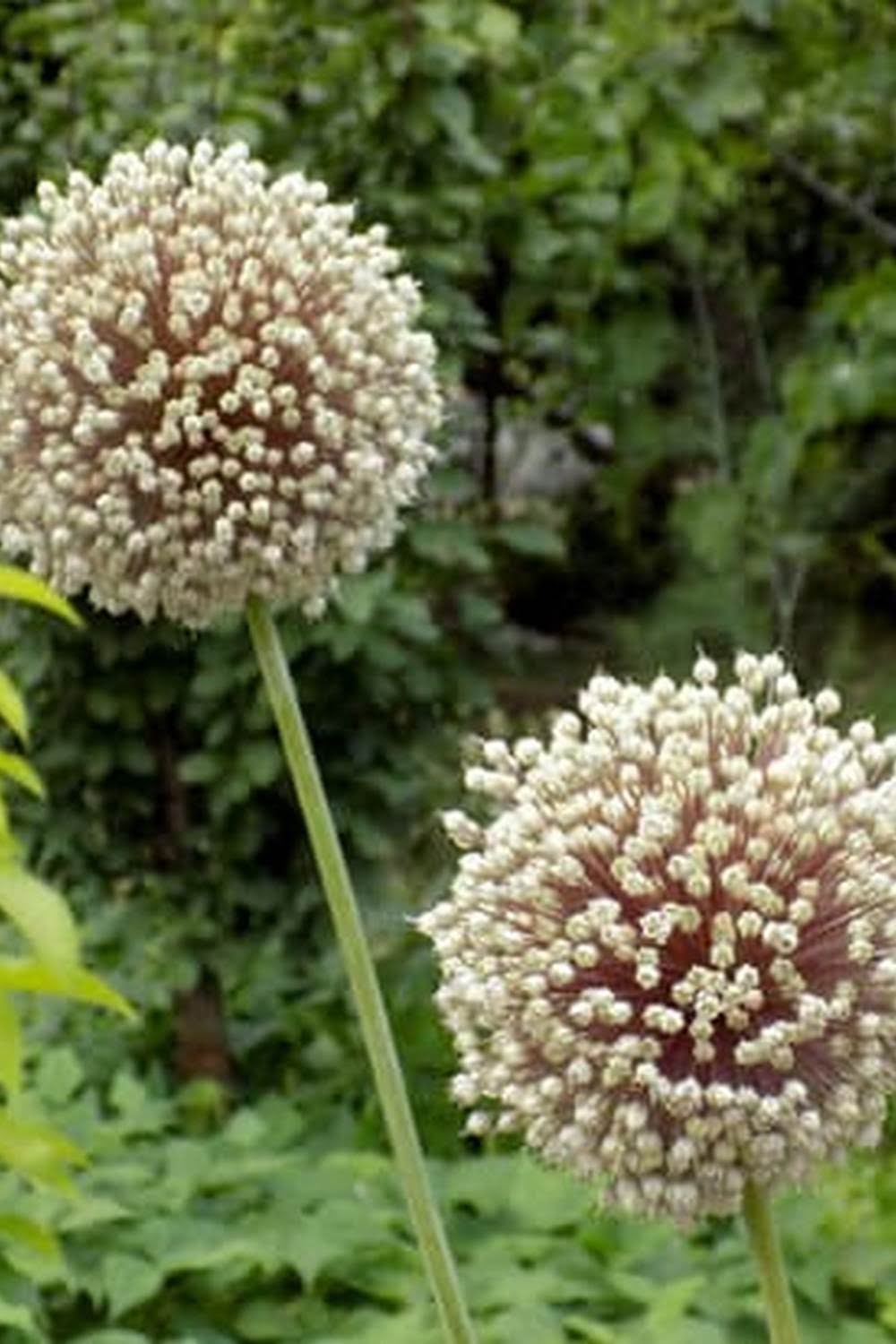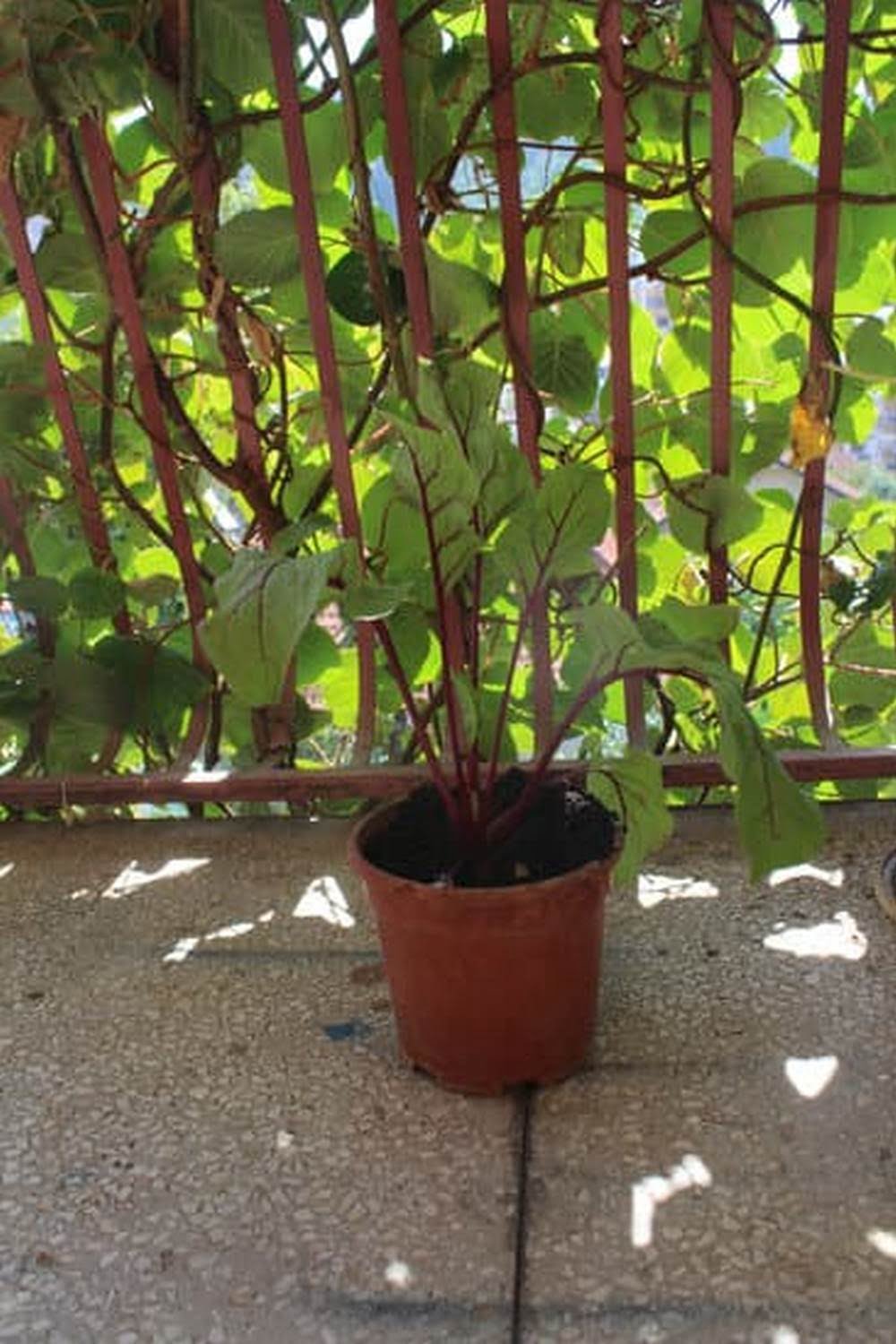Introduction
Custom soil mixes are essential for gardeners who want to grow healthy and productive vegetable gardens. These custom blends of soil improve both water retention and drainage, while providing the necessary nutrients plants need to grow strong and lush. A good vegetable garden soil mix can also reduce the need for supplemental fertilizing, resulting in a healthier garden overall. This recipe for a vegetable garden soil mix ensures that your plants have everything they need to thrive throughout the growing season.
Benefits of a Custom Vegetable Garden Soil Mix
Vegetable garden soil mix recipes create a custom nutrient-rich garden soil that provides optimal growing conditions for vegetables. It helps improve drainage, water infiltration, and water-holding capacity of the soil. It supplies nitrogen, potassium, and phosphorus—essential elements of healthy plant growth—in balanced proportions to give your veggies an extra boost. Besides these benefits, there are several other advantages making it ideal for vegetable gardens.
A custom vegetable garden soil mix increases the number of beneficial bacterial and fungi present in the soil which help process nutrients so they are available to plants. Additionally, this soil is great at retaining moisture and decreasing erosion as its increased organic matter improves the binding nature of soils. The granular structure also enables increased airflow for better root penetration which encourages healthy root growth and higher yields from your vegetable garden. Lastly, this blend can easily be composted making it suitable for sustainable gardening practices.
What You’ll Need
Materials:
1. 2 parts Compost
2. 2 parts Loam Soil
3. 1 part Coarse Sand
4. 1 part Manure or Moss/Peat
5. ½ Part Dolomite Lime
6. ¼ Part Gypsum Powder
7. Compost Tea (Optional)
Supplies:
1. Shovels
2. Wheel Barrows
3. Hoes
4. Garden Gloves
The Recipe
Ingredients:
● 2 parts sphagnum peat moss
● 1 part each compost and vermiculite
● 1 tablespoon lime per 5 gallons of mix (optional)
Steps:
1. Mix together the components until evenly spread throughout.
2. Add the optional lime to raise the pH of the soil if necessary.
3. Moisten the mixture before adding it to the planter box or garden area.
4. Mix in slow-releasing fertilizer, such as Osmocote or Dyna-Gro, following manufacturer’s instructions for application amount and timing.
5. Place in containers for direct-sowing seeds (or transplant seedlings) as normal and water lightly to settle the mix around plant roots.
Tips & Techniques
If your vegetable garden soil mix is too sandy, you can add more compost or clay to make it hold more water. If the soil is too heavy and doesn’t drain well, you can add sand or perlite to make it more porous. Additionally, if your garden includes plants that require different soils (acidic vs alkaline), a good way to adjust the pH balance is by adding lime or sulfur as needed. Finally, if the mix appears overly rich in nitrogen but lacking in other vital minerals, it can be corrected with a balanced fertilizer like bone meal or Kelp Meal. It’s also important to pay attention to soil compaction; make sure there’s plenty of air pockets for roots to get plenty of oxygen. Allowing sufficient drainage through holes near the base of large containers, raised beds or ground-level garden boxes helps prevent waterlogged soils.
Final Thoughts
Final thoughts: There are a variety of ways to create the perfect soil recipe for your vegetable garden. It is important to test the soil pH and nutrient levels before planting, as plants will struggle in soil that is too acidic or lacks the necessary nutrients. Consider using organic fertilizers and compost when creating your own custom mix, as these can promote faster growth and healthier plants. Additionally, you can get creative with different ingredients such as manure, potting soil, mulch, and vermiculite to improve overall drainage and aeration. Lastly, consider linking some helpful resources such as articles explaining garden soil types, nutrient charts, how-to guides for mixing soils and composting tips. We also invite our readers to provide their own special recipes they have come up with!

If you’re looking to get into vegetable gardening, or are just looking for some tips on how to make your current garden better, then you’ve come to the right place! My name is Ethel and I have been gardening for years. In this blog, I’m going to share with you some of my best tips on how to create a successful vegetable garden.





